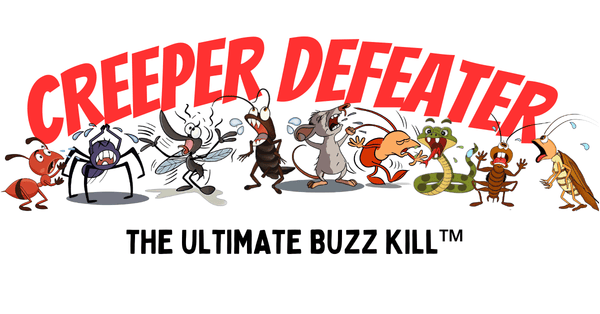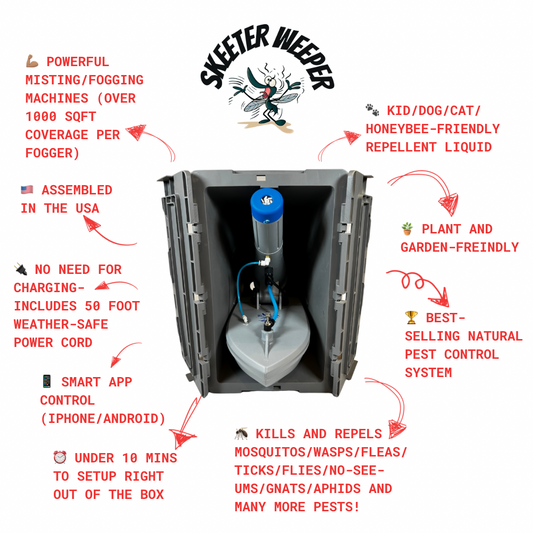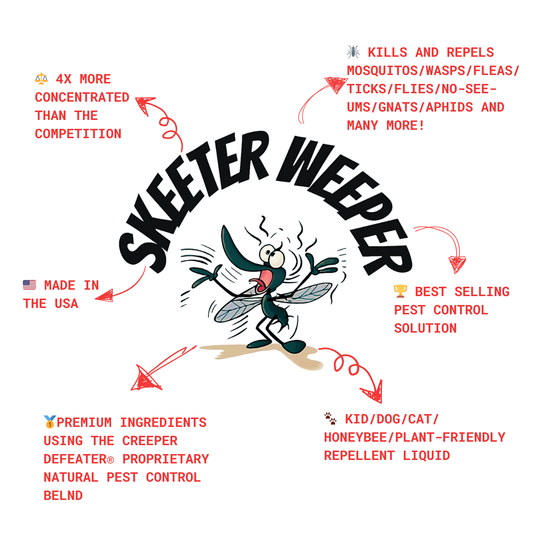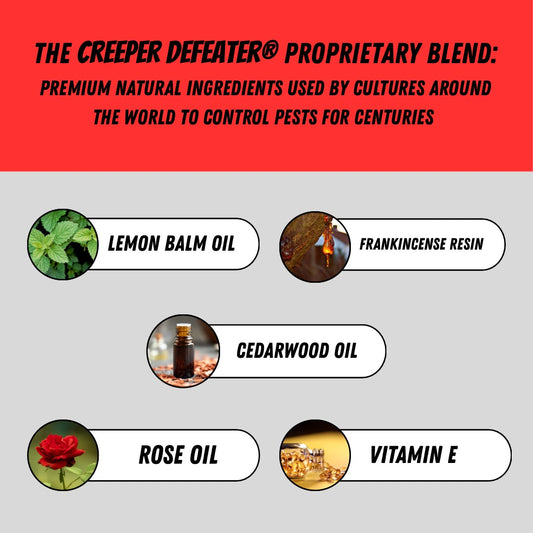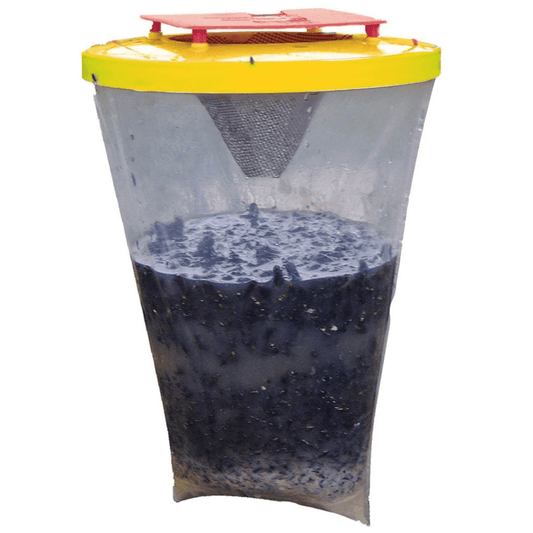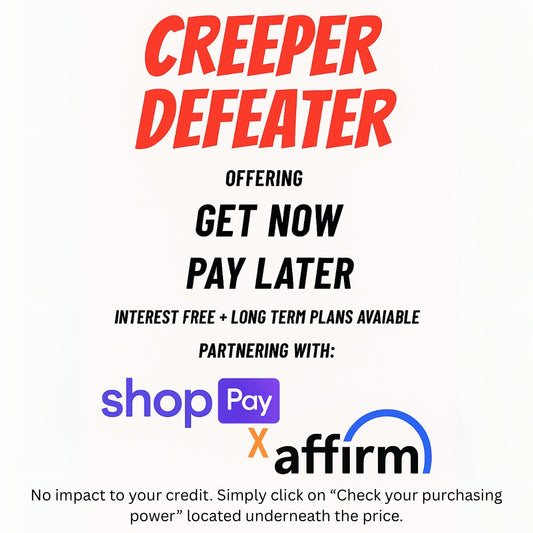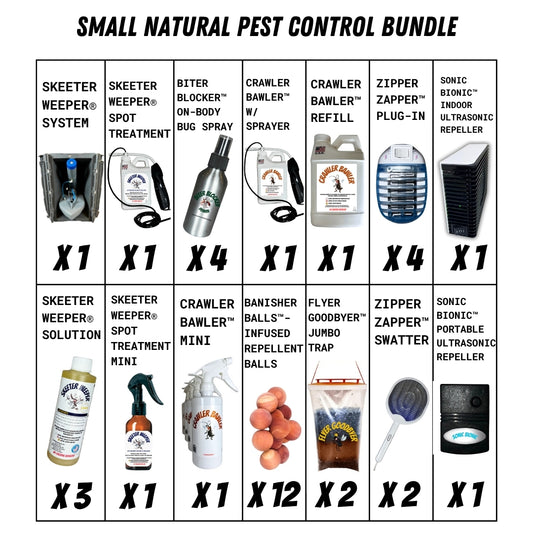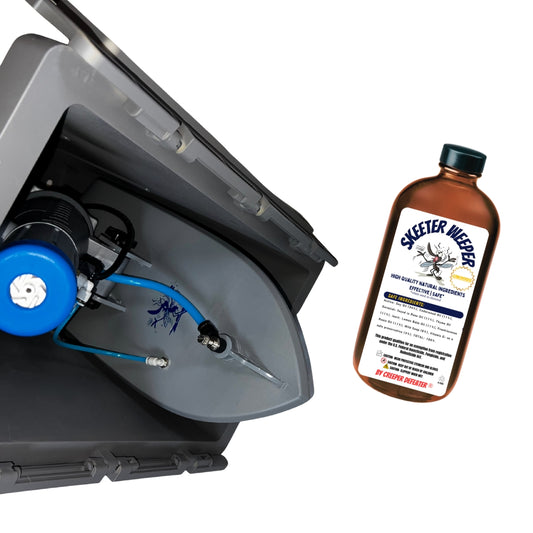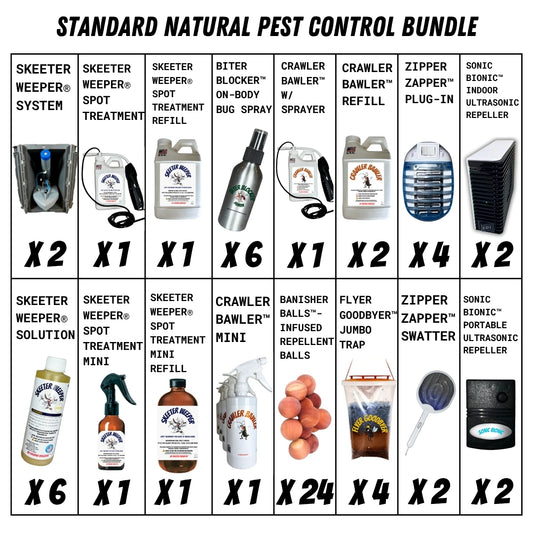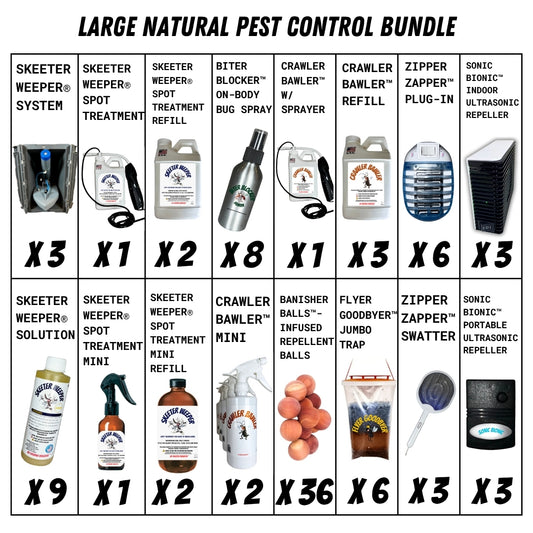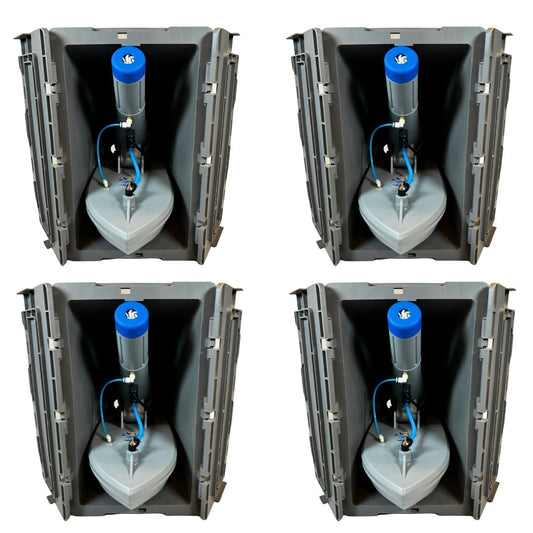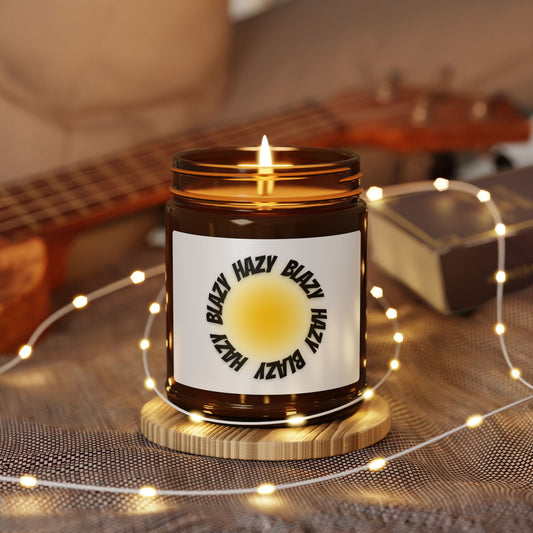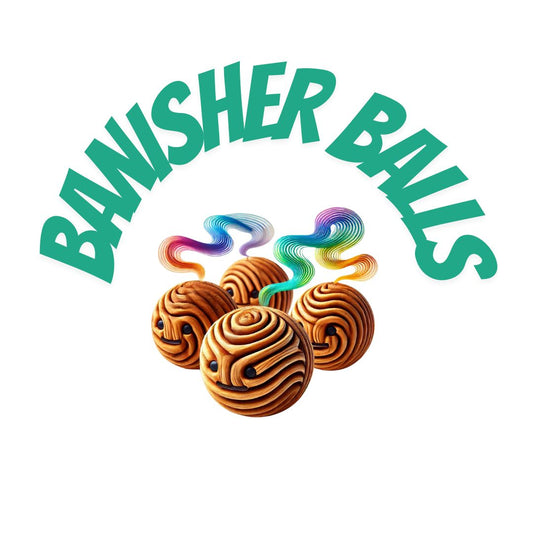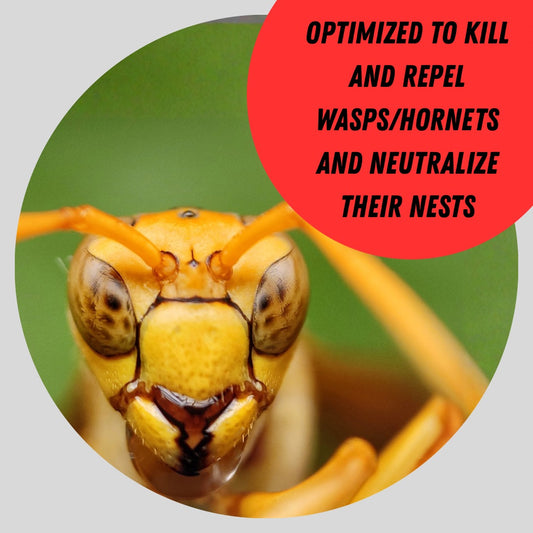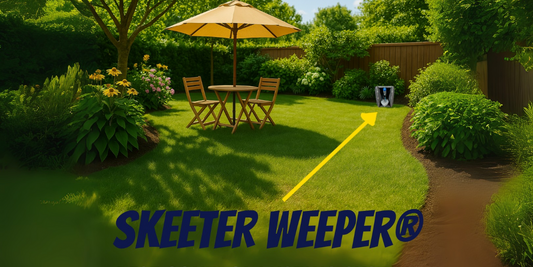
CARNIVOROUS PLANTS: A QUICK GUIDE TO THE TOP 6 WITH CONSIDERATIONS FOR CAT AND DOG SAFETY
Carnivorous plants, captivating in their ability to capture and digest pests, offer a unique glimpse into the plant kingdom's more predatory side. While these botanical wonders are known for their exotic forms and natural pest control mechanisms, it's important to assess their safety for household pets like cats and dogs. Here, we delve into the top 6 carnivorous plants for natural pest control, shedding light on their intriguing features and potential impact on pet safety.
- Venus Flytrap (Dionaea muscipula):
Known as one of the most iconic carnivorous plants, the Venus Flytrap has specialized leaves that snap shut when triggered by prey.
Pet Safety: While Venus Flytraps are generally safe for cats and dogs, digestive enzymes present in the plant's traps, can cause irritation and gastrointestinal issues in pets if ingested.
- Sundew (Drosera spp.):
Sundews feature delicate leaves covered in glandular hairs topped with a sticky substance. Insects become ensnared in this sticky trap, triggering the leaf to curl around the prey.
Pet Safety: Sundews are non-toxic to cats and dogs. However, the sticky secretions may cause mild irritation if touched, so it's best to keep them in areas less accessible to pets.
- Pitcher Plant (Nepenthes spp.):
Pitcher plants lure insects into tubular structures filled with digestive fluids. The insects drown in these fluids and provide nutrients to the plant.
Pet Safety: Pitcher plants are generally safe for both cats and dogs. Pitchers are delicate however, and may not survive being knocked over by a curious cat!
- Butterwort (Pinguicula spp.):
Description: Butterworts have sticky leaves that capture and digest small insects. They are often praised for their attractive appearance.
Pet Safety: Butterworts are generally safe for cats and dogs. Their small size and unobtrusive nature make them suitable for households with pets.
- Sarracenia (Sarracenia spp.):
Sarracenia, or North American pitcher plants, have tubular leaves that trap insects. They rely on rainwater to maintain balance in their digestive fluids.
Pet Safety: Sarracenia is generally considered safe for pets. However, it's advisable to keep them out of reach for the sake of the plant. Frequent contact may cause stress to the Sarracenia, affecting its ability to catch prey.
- Cobra Plant (Darlingtonia californica):
Native to North America, the Cobra Plant has pitcher-like leaves with a hood resembling a cobra's head, trapping and digesting insects. Insects are lured into the pitcher, where they are digested.
Pet Safety: Cobra Plants are non-toxic to cats and dogs.
Always monitor your pets' interactions with plants as individual pets may have certain sensitivities to generally safe plants. Seek veterinary advice if you observe any unusual behavior or signs of ingestion as even non-toxic plants can pose a risk if ingested in sufficient quantities. Additionally, some carnivorous plants may be grown in soil that contains fertilizers or pesticides, which can also be harmful if ingested by pets. With proper care and consideration, you can enjoy the captivating world of carnivorous plants while ensuring the safety of your beloved furry friends.

